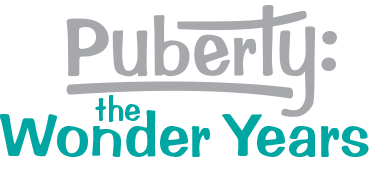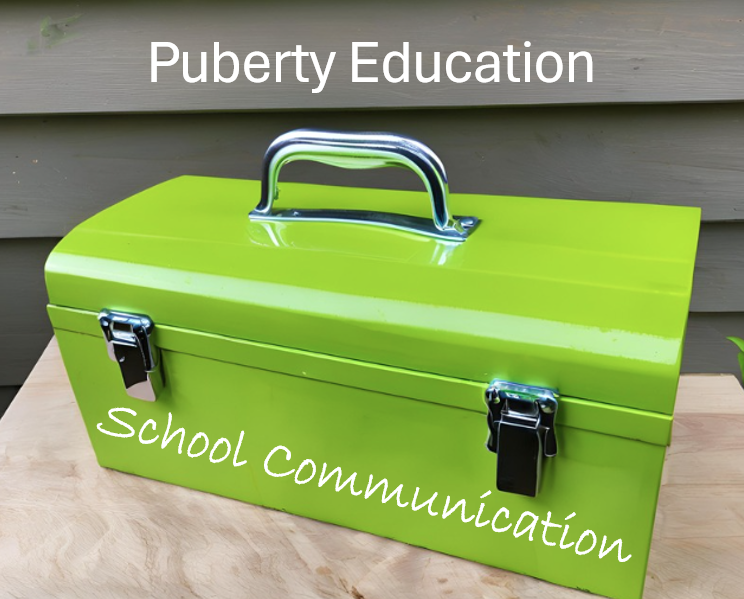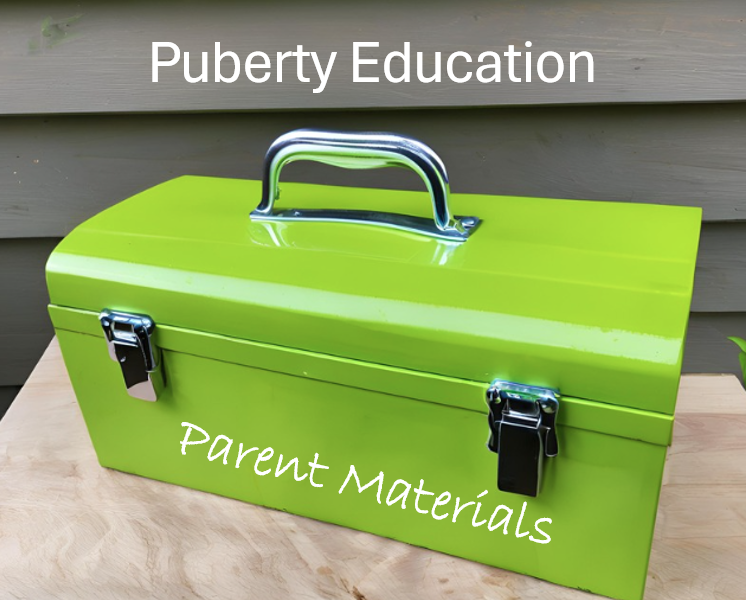Why are we always surprised? We know school will start up every year at this time. Yet, the first day of school seems to rush toward us so quickly that we can’t believe it’s here. It’s back-to-school time again, educators!
As educators, you have been planning and preparing for this day for much of the summer. You have invested your time, energy, and resources toward making this school year the best it can be for your students and their families.
Since you have students who are entering the puberty years, here are six tips for starting off on the right foot with puberty in mind.
Set the classroom climate.
As you know, the first 90 days is pivotal because it sets the tone for the whole school year. Establish a climate of warmth, inclusion, respect, and responsibility to ensure that all students are able to reach their maximum potential. Clear and consistent routines, classroom rules, classroom management, and adult modeling provide students with the structure for learning success and relationship building.
Learn students’ names and pronouns.
Each student enters your classroom with their unique identity that is not revealed by the names on your class list. Get to know each student and refer to them in a manner that shows respect and recognition of their individuality. This lets a student know “I see you.” One strategy could be to give each student a craft stick. Ask them to decorate their stick with their name and pronouns on one side and their interests on the other. These sticks can then be used to call on students.
Share information year-round.
Prepare information bites about puberty to share with parents and caregivers all year long. Select information from the Puberty: The Wonder Years Family Partnership Flyers that come with your curriculum subscription. Or find helpful information bites on the Puberty: The Wonder Years website in the blog and in the Parent Resources. Please include an attribution, of course.
Encourage family reading of puberty books.
Share puberty book lists with parents and encourage them to begin reading about puberty with their child soon. This will ensure that families talk about puberty at home before it is taught at school. Family reading can set the stage for discussions of family and spiritual values at home. Also, children are less self-conscious about puberty conversations if they happen before puberty begins.
Update your puberty lessons.
Check with your curriculum director to find out what puberty education has been approved for the new school year. If the curriculum hasn’t been reviewed and updated in the previous three years, it’s time to make it happen. Update your puberty education program now to be ready in spring for “puberty season.”
Update your professional development.
In preparation for teaching about puberty, you can learn many useful strategies that can be applied to any subject. Read about trauma-informed puberty education, inclusive puberty education, and adaptations for special needs students. Learn about the intersections among sex, race, and politics and racial justice in sex education. These ideas and strategies apply to all subjects, not only puberty education.
Educators, I hope these back-to-school tips are useful. Have a great new school year! I hope you are valued for the caring and capable professional that you are.
Still not quite ready to face the new school year? Check out these summer reset ideas.



